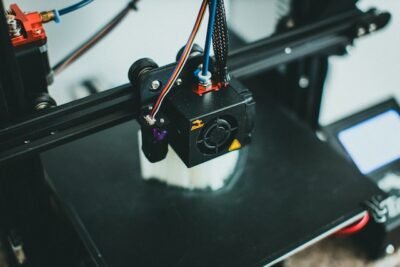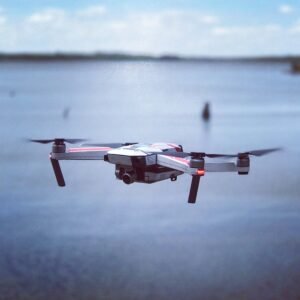Architecture has always been a discipline that combines creativity and practicality. With the advent of new technologies, this creative practice has been revolutionized. Technological advances have brought about significant changes in the way architects design and build structures. One of the most significant advancements has been the use of 3D printing, drones, and other emerging technologies.
The use of 3D printing in architecture is rapidly gaining popularity. Architects can now use 3D printers to create intricate and complex models that were not possible before. This technology is particularly useful when it comes to creating complex and unique designs. For example, architects can print out different parts of a structure and then assemble them on-site. This method saves time and resources and also allows architects to experiment with different designs.
Drones are another technology that is changing the way architects work. Drones are being used to survey sites and create accurate topographical maps. This information is then used to create detailed 3D models of the site, which architects can use to design structures that are in harmony with the environment. Drones are also being used to inspect structures, reducing the need for expensive scaffolding and other safety equipment.
Virtual reality (VR) is another technology that is transforming the field of architecture. VR allows architects to create immersive, interactive, and realistic 3D models of their designs. Clients can put on a VR headset and walk through a building before it is even constructed. This technology has revolutionized the design process, allowing architects to make changes in real-time and giving clients a better understanding of what the final structure will look like.
Building Information Modeling (BIM) is another technology that is transforming architecture. BIM is a digital representation of a building’s physical and functional characteristics. This technology allows architects to create detailed plans, accurate estimates, and simulate the behavior of structures under various conditions. BIM technology also facilitates collaboration among different stakeholders in the construction process, leading to better communication, fewer errors, and improved efficiency.
In conclusion, technology is transforming the way architects work, making their work more efficient, precise, and environmentally sustainable. The use of 3D printing, drones, VR, and BIM technology is providing architects with new tools and capabilities that are expanding the boundaries of what is possible. As these technologies continue to evolve, we can expect to see even more innovative designs and structures that push the limits of creativity and functionality.


